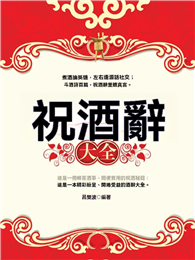In the run up to the 2012 Summer Olympics, Stratford, East London, underwent major redevelopments, including the construction of the Olympic Park. To make room, many small businesses were forced to move.
Dispersal is both a stunning visual record of a neighborhood that has transformed beyond recognition and a commentary on the impact of these changes. Although it was often maligned as a postindustrial “wasteland,” Stratford was a melting pot of more than two hundred trades and industries. Photographers Marion Davies and Debra Rapp documented sixty small businesses—from belt makers to kebab makers, zinc galavanizers, and salmon smokers—before they were forced to move from the area in 2007. The unique photographs appear alongside a short account of the history of each business. While the photographs provide an impression of Stratford on the cusp of change, they also suggest a landscape shaped over time. How this landscape developed and evolved from the mid-nineteenth century is explored by urban planning and architectural historian Juliet Davis.
Dispersal is both a stunning visual record of a neighborhood that has transformed beyond recognition and a commentary on the impact of these changes. Although it was often maligned as a postindustrial “wasteland,” Stratford was a melting pot of more than two hundred trades and industries. Photographers Marion Davies and Debra Rapp documented sixty small businesses—from belt makers to kebab makers, zinc galavanizers, and salmon smokers—before they were forced to move from the area in 2007. The unique photographs appear alongside a short account of the history of each business. While the photographs provide an impression of Stratford on the cusp of change, they also suggest a landscape shaped over time. How this landscape developed and evolved from the mid-nineteenth century is explored by urban planning and architectural historian Juliet Davis.












